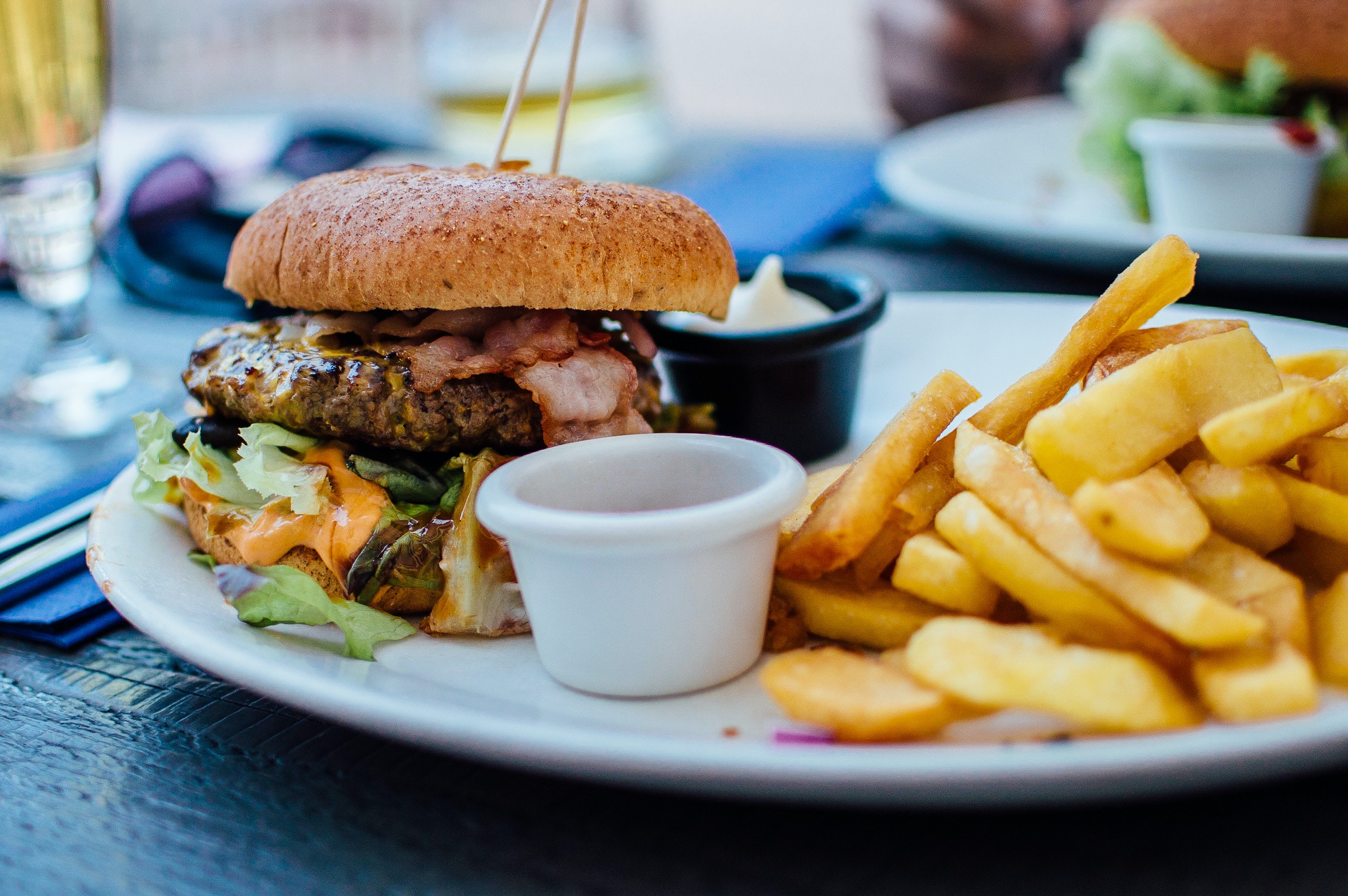No products in the cart. Go to menu

Research Review Shorts: Dirty vs Clean Bulking—Which is Better?
A higher energy intake leads to larger increases in lean mass but it also results in larger increases in body fat. Additionally, a higher energy intake might not boost strength gains any more than a small energy intake. So, does the dirty bulk make sense?
Overview
This topic of whether or not to eat your face off when bulking has been debated for years. There’s surprisingly not much research in this area so this paper is very much welcomed.
This is an important topic for performance and aesthetic athletes given that a better power to weight ratio is more likely to improve performance, and adding muscle with minimal fat mass improves the appearance of muscularity to a greater degree
A group of 11 male, amateur bodybuilders (26.8 ± 2.3 years, 90.1 ± 9.7 kg, 176.9 ± 7.1 cm) were split into two groups that performed the same resistance training program, while consuming sufficient energy to gain weight. One group consumed a high-energy diet, and the other group consumed a moderate-energy diet for four weeks.
Findings
- The high-energy group increased fat-free mass by 3% (2.4kg) and fat mass by 12.4% (1.8kg).
- The moderate-energy group increased fat-free mass by 1.5% (1.2kg) and fat by 2.5% (0.3kg).
- The slow-gain group was gaining lean:fat mass at a 4:1 ratio, and the fast group was gaining lean:fat mass at a 4:3 ratio.
Interpretation & Takeaways
Both the high-energy and low-energy groups increased lean mass substantially. The high-energy group did increase their lean mass twice as much as the low-energy group but this came at a cost.
The results are straightforward: If you eat a larger surplus, you’ll gain more of everything – both muscle and fat. From the practical perspective of a strength or physique competitor, gaining a ton of body fat each time you try to put on muscle is a losing proposition.
Eric Helms, PhD is a proponent of a moderate energy surplus. e recommends setting a surplus to produce weight gain at a rate of 0,5-1.5% of bodyweight per month. For novices, you can use the high end of this range, and advanced trainees should use the lower end of this range.
If you find you have to cyclically do cuts to shed excess body fat (more than twice or three times per year), you’re probably attempting to gain weight too quickly or you need to improve the effectiveness of your training.
References